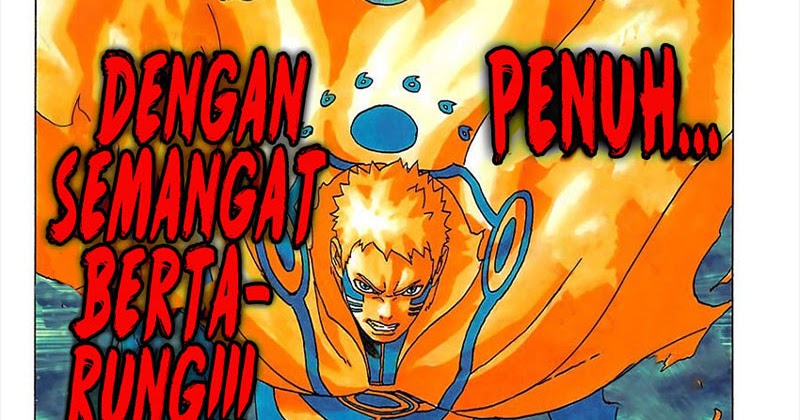

Tanbi as a term and concept predates male-male romance manga that emerged in the 1970s, having originated to describe prose fiction depicting homosexuality by authors such as Yukio Mishima, Yasunari Kawabata, and Jun'ichirō Tanizaki. " aestheticism") A subgenre that focuses on the worship of beauty, and on romance between older men and beautiful youths. Shōnen-ai often features references to literature, history, science, and philosophy Suzuki describes the genre as being "pedantic" and "difficult to understand", with "philosophical and abstract musings" that challenged young readers who were often only able to understand the references and deeper themes as they grew older. Early shōnen-ai works were inspired by European literature, the writings of Taruho Inagaki, and the Bildungsroman genre. "boy love") While the term shōnen-ai historically connoted ephebophilia or pederasty, beginning in the 1970s it was used to describe a new genre of shōjo manga (girls' manga) featuring romance between " beautiful boys".
#Baca manga hentai uncensored professional
In a 2015 survey of professional Japanese male-male romance fiction writers by Kazuko Suzuki, five primary subgenres were identified: Shōnen-ai ( 少年愛, lit. Multiple terms exist to describe Japanese and Japanese-influenced male-male romance fiction as a genre.

Yaoi works, culture, and fandom have been studied and discussed by scholars and journalists worldwide. Yaoi has a robust global presence, having spread since the 1990s through international licensing and distribution, as well as through unlicensed circulation of works by yaoi fans online. A defining characteristic of yaoi is the practice of pairing characters in relationships according to the roles of seme, the sexual top or active pursuer, and uke, the sexual bottom or passive pursued. "Boys' love" was later adopted by Japanese publications in the 1990s as an umbrella term for male-male romance media marketed to women.Ĭoncepts and themes associated with yaoi include androgynous men known as bishōnen diminished female characters narratives that emphasize homosociality and de-emphasize socio-cultural homophobia and depictions of rape.
#Baca manga hentai uncensored series
The term yaoi emerged in the late 1970s and early 1980s in the context of dōjinshi ( 同人誌, self-published works) culture as a portmanteau of yama nashi, ochi nashi, imi nashi ("no climax, no point, no meaning"), where it was used in a self-deprecating manner to refer to amateur fan works that focused on sex to the exclusion of plot and character development, and that often parodied mainstream manga and anime by depicting male characters from popular series in sexual scenarios. Several terms were used for the new genre, including shōnen-ai ( 少年愛, lit. The genre originated in the 1970s as a subgenre of shōjo manga, or comics for girls. "Boys' love" and "BL" are the generic terms for this kind of media in Japan and much of Asia though the terms are used by some fans and commentators in the West, yaoi remains more generally prevalent in English. It spans a wide range of media, including manga, anime, drama CDs, novels, video games, television series, films, and fan works. It is typically created by women for women and is distinct from homoerotic media marketed to gay men, but it does also attract a male audience and can be produced by male creators. Yaoi ( / ˈ j aʊ i/ Japanese: やおい ), also known by the wasei-eigo construction boys' love ( ボーイズ ラブ, bōizu rabu) and its abbreviation BL ( ビーエル, bīeru), is a genre of fictional media originating in Japan that features homoerotic relationships between male characters. The svelte, semi- androgynous physical features of the characters are typical of bishōnen (literally "beautiful boys") common in yaoi media.


 0 kommentar(er)
0 kommentar(er)
